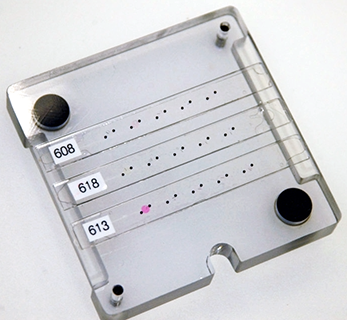Choosing the sample well layout
We have 30 wells in total, and 22 samples prepared. We distributed the samples throughout the strips in such a way that we would preserve the broadest range of scientific observations if we lost a well, or a strip; that is, we sought to avoid actively placing all of the same types of samples physically near each other, in case something went wrong.
The sample composition chart can be tedious to work with, because it’s effectively just a list of numbers. So to facilitate keeping track of the different samples and their well locations, I created an icon-based chart. Each entry in the table has a square icon tile, containing all of the relevant information on each sample, which can be read at a quick glance.
Dye samples
Dye samples have the name of the dye written in the color of the dye solution (red and yellow), within the grey circle; the brightest colors represent the higher concentration (of two), and the faded / lower-saturation text occurs in samples with the lower concentrations.
Colloidal suspensions
Each sample has a pie chart showing the volume fraction (out of 100%) in bright red. The radius of the circle denotes the particle size. Samples with the larger (of two) particle diameters have circles that nearly fill the black squares, where the exact volume fraction is written in text within the pie chart. For samples with the smaller particle diameter, the pie chart is substantially smaller, and the text indicating the volume fraction resides outside the pie chart.
Colloid-polymer mixtures
These samples follow the same convention as for the colloidal suspensions; however, those samples with depletant polymer have a blue triangle at the lower-right of the square. For samples that are expected to phase separate in a thermodynamic process known as spinodal decomposition, the blue triangle is hatched. For samples that are supposed to kinetically arrest into a gel state, the blue triangle is solid.
Platter 2104
| Strip | Well 1 | Well 2 | Well 3 | Well 4 | Well 5 |
|---|---|---|---|---|---|
| 612 | 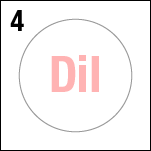 |
 |
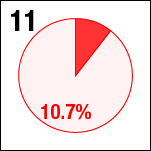 |
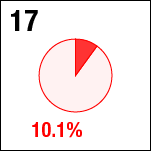 |
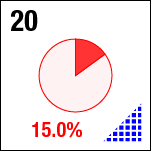 |
| 615 |  |
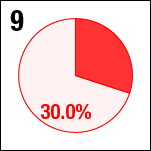 |
 |
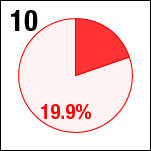 |
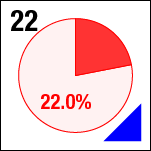 |
| 621 | 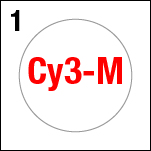 |
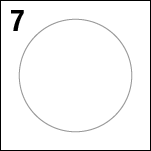 |
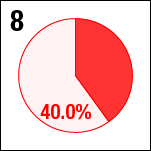 |
 |
 |
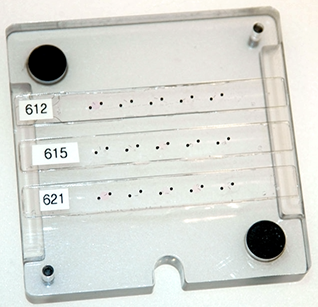
Platter 2105
| Strip | Well 1 | Well 2 | Well 3 | Well 4 | Well 5 |
|---|---|---|---|---|---|
| 608 |  |
 |
 |
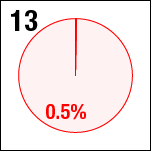 |
 |
| 618 |  |
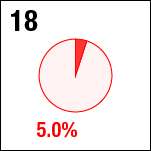 |
 |
 |
 |
| 613 |  |
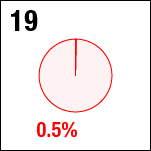 |
 |
 |
 |
